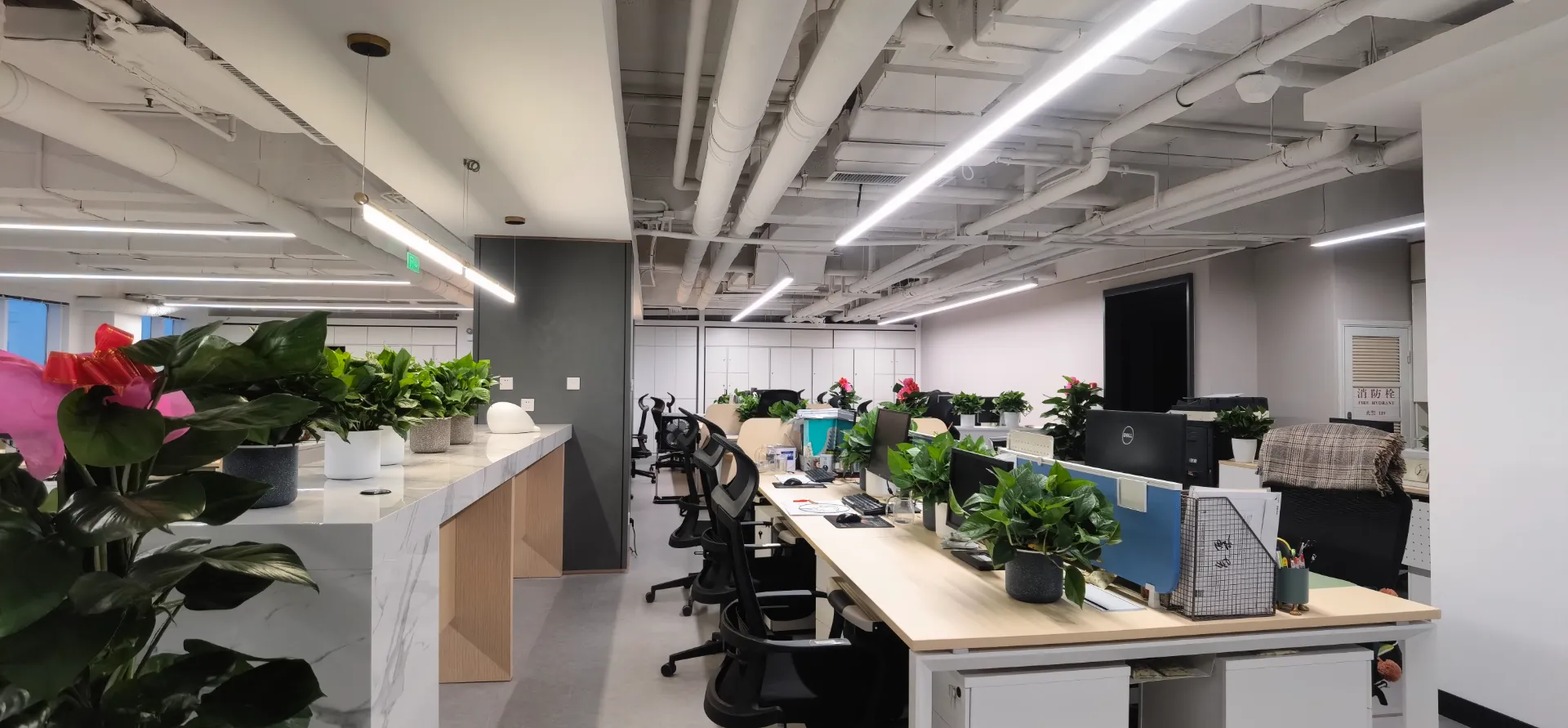нов . 10, 2024 18:16 Back to list
Innovative Approaches to Store Layout and Design for Enhanced Customer Experience
The Art and Science of Store Design
Store design is more than a mere aesthetic endeavor; it encompasses a strategic fusion of architecture, psychology, and marketing, all aimed at enhancing the consumer experience and driving sales. As retail landscapes evolve with the advent of e-commerce and shifting consumer expectations, the importance of a well-conceived store design becomes increasingly paramount.
Understanding Consumer Behavior
At the heart of effective store design lies a deep understanding of consumer behavior. Customers navigate retail spaces not just to purchase goods, but to engage in an experience. Research in environmental psychology suggests that the layout, colors, lighting, and even scents of a store can significantly influence purchasing decisions. For example, warmer colors can evoke a sense of comfort and familiarity, while cooler tones may be perceived as more modern and sleek. Store designers often use this knowledge to create atmospheres conducive to prolonged stays and increased spending.
Creating an Inviting Atmosphere
An inviting atmosphere encompasses multiple elements. A store’s entrance serves as the initial threshold where impressions are formed. Large glass doors, for instance, can create a feeling of openness and transparency, encouraging foot traffic. Once inside, spacious aisles and strategically placed product displays allow customers to navigate the space comfortably. The layout, whether it follows a grid pattern for efficiency or a free-form style for exploration, influences how customers move through the store.
Lighting plays a crucial role as well. Soft, warm lighting can create an intimate setting, while bright, focused lighting can highlight specific products. Moreover, natural light should be utilized wherever possible, as it has been shown to improve mood and enhance the shopping experience. Designers often incorporate elements such as skylights or large windows to invite the outdoors in.
The Power of Storytelling in Design
Store design also serves as a vessel for storytelling. Through carefully curated displays and themed sections, retailers have the opportunity to communicate their brand narrative and values. For instance, a sustainable clothing brand may use reclaimed materials for fixtures and emphasize a nature-inspired aesthetic to align with its eco-conscious message. This kind of brand storytelling helps forge a deeper connection between the retailer and the customer, fostering loyalty and recognition.
store design

Seasonal changes in store design can further enhance this narrative
. Retailers that redesign their layouts according to holidays or events can create a sense of urgency and excitement. This practice not only keeps the shopping experience fresh but encourages customers to frequent the store more often to see what’s new.Technology Integration
With the rise of technology, integrating digital elements into store design has become essential. Interactive displays, augmented reality, and in-store apps provide customers with additional layers of information and engagement. For example, a cosmetics store may offer a virtual try-on feature that allows customers to visualize how products will look on them without physically trying them. These tools enhance the shopping experience, bridging the gap between in-person and online shopping.
Additionally, understanding data analytics helps retailers tailor their designs to meet specific customer needs. For instance, tracking foot traffic and sales patterns can inform layout changes that optimize product placement and improve sales performance.
Sustainability Considerations
As consumers become increasingly environmentally conscious, sustainable store design practices are gaining traction. Retailers are opting for eco-friendly materials and energy-efficient lighting to minimize their carbon footprint. Furthermore, creating a flexible design that allows for easy modifications can extend the lifespan of the retail space, which is a sustainable choice in itself.
Conclusion
In conclusion, store design is a multifaceted discipline that melds art, psychology, and technology to create immersive shopping experiences. By understanding consumer behavior, crafting inviting atmospheres, telling impactful stories, integrating technology, and adopting sustainable practices, retailers can captivate their audience and drive sales. As the retail landscape continues to evolve, the role of thoughtful store design will remain a cornerstone of successful customer engagement and brand loyalty. In a world where choices abound, an exceptional retail experience will always set a brand apart.
-
The Benefits of Electronic Shelf Labels for Modern Stores
NewsJul.01,2025
-
Space-Saving Retail Store Furniture Designs for Small Shops
NewsJul.01,2025
-
Slatwall vs. Gridwall: Which Store Fixture is Right for Your Business?
NewsJul.01,2025
-
Shop Fittings: Essential Elements for a Functional Retail Space
NewsJul.01,2025
-
How to Design a Minimalist Cosmetic Shop Display
NewsJul.01,2025
-
Creative Clothes Shop Display Ideas to Attract More Customers
NewsJul.01,2025


















































































































